- Engineer's Espresso
- Posts
- no chest cutting required
no chest cutting required
I hope none of you even have to worry about this.
Happy Tuesday, folks!
Welcome to This Week in Engineering
Before we get started, I have a request.
I put in hours every week to write this newsletter, and we’ve grown it to close to 20,000 readers across North America (most folks working at ENR500 companies)
If you or your company could benefit from advertising in this newsletter, I’d love to chat.
Or if you know someone who could benefit, forwarding this to them would go a long way in making this better and bigger.
ON TO THE FUN STUFF!!
Winner of Last week’s riddle are:
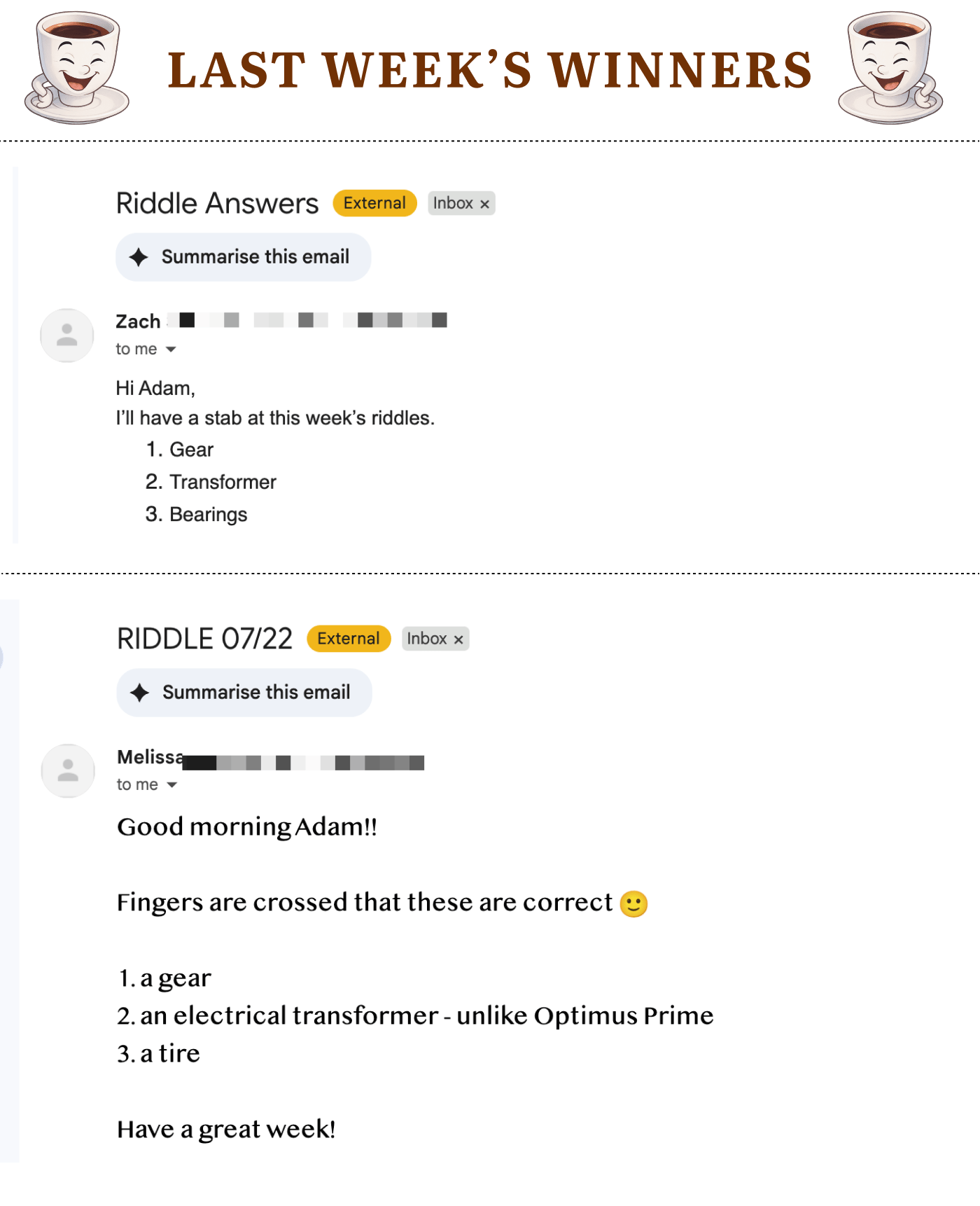
Want to get featured in the next edition?

Going back to nostalgia, remember those school days when you’d fill in the blanks to test your knowledge?
Well, here’s your chance to relive that!
Know the answers?
Then take a stab at winning this week’s limited edition sticker!!

Yep, a team at Aalborg University, Denmark, 3D-printed a hybrid drone that takes off, dives underwater, swims around like a robotic fish, then rockets back into the air.
Ironman and Aquaman combined!
The science is simple: variable-pitch propellers that rotate to different angles for air and water. Higher pitch for flight, lower pitch for underwater efficiency. They have also engineered negative thrust for tighter underwater maneuvering (makes the drone a true mermaid).
The students say it could be perfect for military ops, vessel inspections, and search and rescue.
Me? I am a simple man. I just want to see someone's confused face when a "flying" drone suddenly disappears underwater.
I never thought the day would come when I would write about TikTok, but here we are..
ByteDance (TikTok's parent company) just unveiled a household robot that can hang laundry, clean tables, and follow natural language commands.
Not like "press button A for washing," but actual sentences like "clean the dining table", and it just... does the whole thing.
It’s called ByteMIni and it uses the GR-3 vision-language-action model. It can see what's happening, understand what you're asking in plain English, and then figure out the physical movements to make it happen.
And ofc in the world of AI, it figures everything. Even though it only had training data for handling long-sleeved shirts, when they gave it a short-sleeve shirt, it figured out how to hang it too.
To train it like this, they fed it tons of image and text data, had humans demonstrate tasks in VR, and taught it by copying real robot movements.
Watching it smoothly insert a hanger into a shirt and hang it on a rack while TikTok faces potential bans in the US is... quite the plot twist.
When the robot does your work for you, I guess more TikTok time for you. Both ways, more money for them.
I hope none of you even have to worry about this.
But I had a cousin who had to go through an open heart surgery, and our whole family got really anxious just knowing that was the only option.
So this one’s personal.
A Cleveland clinic just did the world’s first robot-assisted heart valve replacement through the neck.
Dr. Marijan Koprivanac figured out how to replace aortic valves by making a small incision in the neck (like thyroid surgery) instead of cracking open the chest. The main incision is placed at a neck crease so you can barely see the scar afterwards.
How it works: The robotic instruments go through the neck and work on the heart valve from above, giving surgeons an excellent view of the aortic valve.
Does it work?
Yup.
All four patients (aged 60-74) were back to normal activities in one week. Compare that to traditional open-heart surgery, where you can’t lift anything heavy for months.
The surgery takes about 140 minutes right now, but they’re working to get it down to 90 minutes as they perfect the technique.
Let’s hope this one goes mainstream soon!
Speaking of cool things..
Some folks I know are hosting a virtual water tech event happening, and it's pretty interesting.
It's called "Good Things Come In Pairs: Utilizing Digital To Improve The Physical" (someone clearly had fun naming this one), and it's all about how digital twins, modern GIS systems, and AI are making water utilities smarter.
Think of predicting when pipes will burst before they actually do (and of course, a lot more)
If you're into water engineering or just curious about cool engineering, it might be worth checking out.
Now, back to our regular engineering transmission...

Have you ever tried to watch a ceiling fan spinning at full speed?
All you see is a blur, right?
You know the blades are moving incredibly fast, but your eyes just can't catch the actual motion.
Now imagine trying to watch something a trillion times smaller and faster: individual atoms vibrating.
Until last week, this was impossible.
But Dr. Yichao Zhang's team at the University of Maryland just pulled it off. They actually filmed atoms dancing. And I'm still trying to wrap my head around what this means.
The problem that's been driving scientists crazy for decades
You know how everything is made of atoms, and atoms are constantly jiggling around because of heat?
Scientists have always had to guess how this movement affects materials.
It's like trying to fix a car engine while blindfolded. You know something's moving in there, but you can't actually see what.
This matters because those tiny atomic movements control everything about how materials behave.
How they conduct electricity, how they handle heat, whether they can become a superconductor: it all comes down to this invisible atomic choreography.
What they actually discovered (and it's mind-blowing)
The team was studying these incredibly thin materials called 2D materials, imagine LEGO sheets that are literally only a few atoms thick.
When you stack two of these sheets and twist one slightly, you get these trippy patterns called moiré patterns.
It looks like this:

Trippy, I know! What’s happening inside is even more trippy: the atoms in these patterns don't just vibrate randomly like popcorn kernels.
They move in perfect synchronization, like a quantum-level flash mob. Zhang's team called these movements "moiré phasons."
Using something called electron ptychography (translation: a super-powered microscope technique), they captured the first-ever videos of these atomic dance moves.
Why this changes everything
Before this, scientists had to rely on mathematical models to guess how atoms moved.
Now they can actually watch it happen in real-time.
Think about what this means: instead of just using materials as they are, we could potentially choreograph their atomic movements to get exactly the properties we want.

Want a material that conducts heat perfectly? Tune the atomic dance one way.
Need something that's a perfect insulator? Adjust the choreography differently.
The real-world implications are insane
This could lead to:
Thermal shields for spacecraft designed at the atomic level
Electronics that waste almost no energy as heat (laptops might never burn your thighs again)
Quantum computers that stay stable longer
Super-efficient solar panels optimized atom by atom
What's next
Zhang's team is now investigating how defects and imperfections affect these atomic dances. Because real-world materials aren't perfect, they have flaws and irregularities that can completely change how the atoms move.
The bigger picture
This is about fundamentally changing how we understand and control matter itself. We're moving from a world where we just use materials to one where we can actually design their behavior from the ground up.
For the first time in human history, we can watch heat ripple through matter one atom at a time. This might become the foundation for technologies we haven't even imagined yet.

Senior Bridge Engineer: RS&H
Build things that will outlast your great-grandchildren (and their complaints about your design choices)Staff Instruments and Control Engineer: Burns & McDonnell
Be the puppet master behind massive industrial systems (and ensure all the alarms stay quiet)Transportation Engineer: Ardurra
Design intersections that don't make drivers question their life choices.
Want to list your job with us?
Hit reply and we’ll get it to over ~20k engineers : )
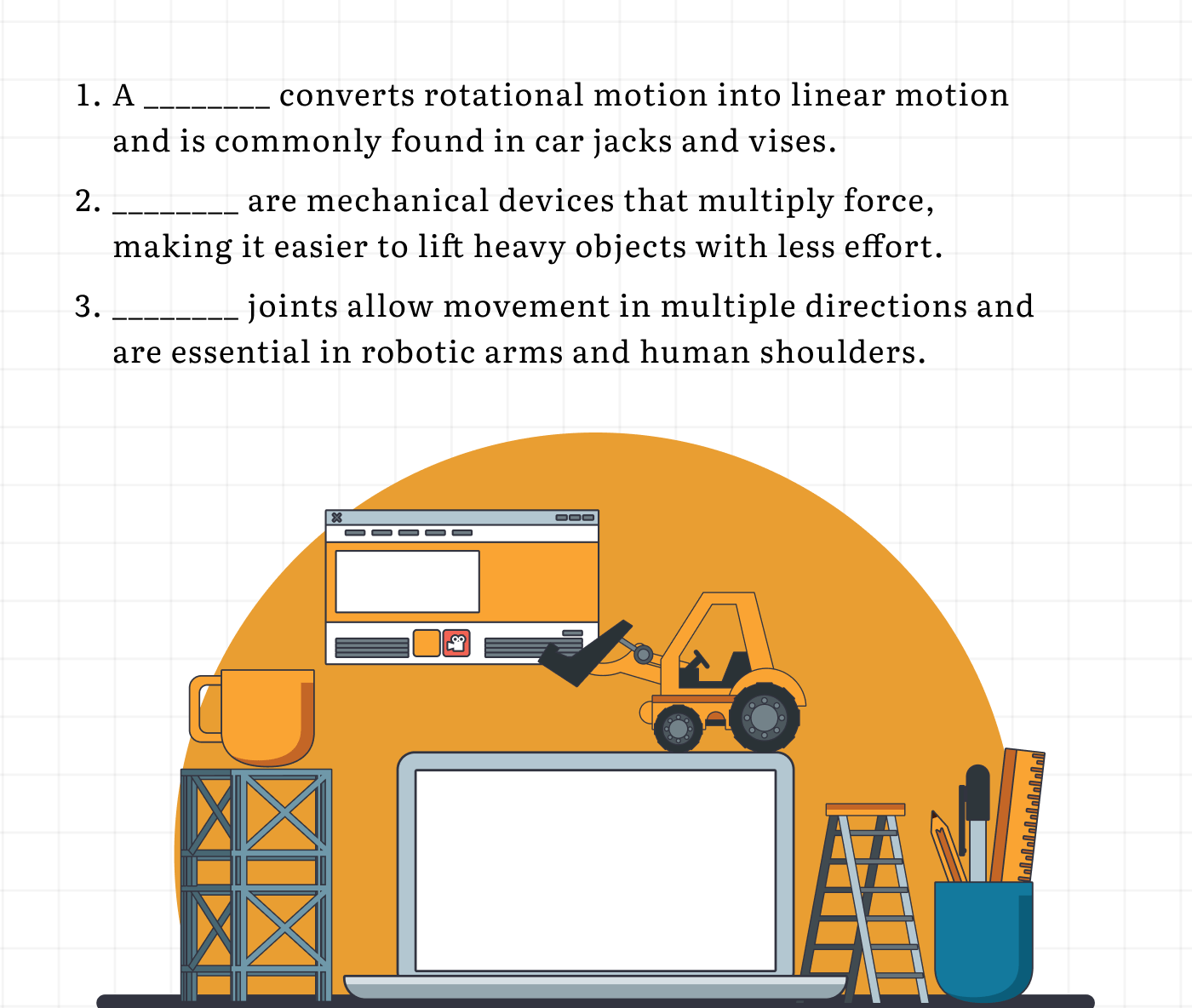
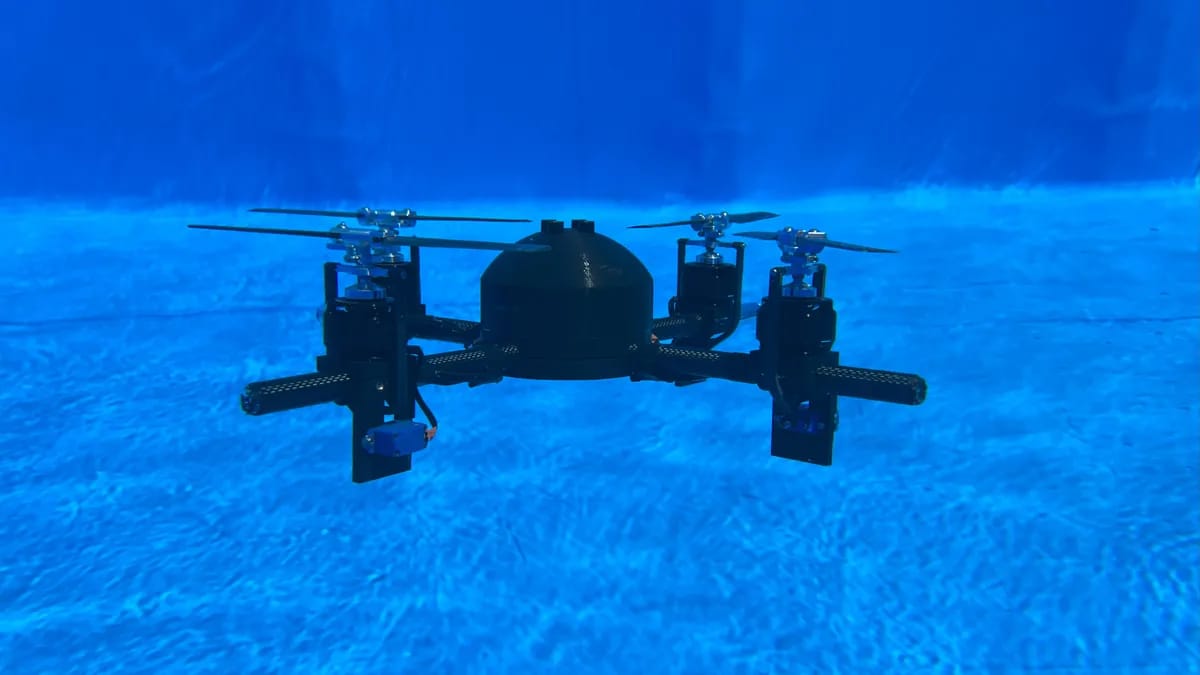
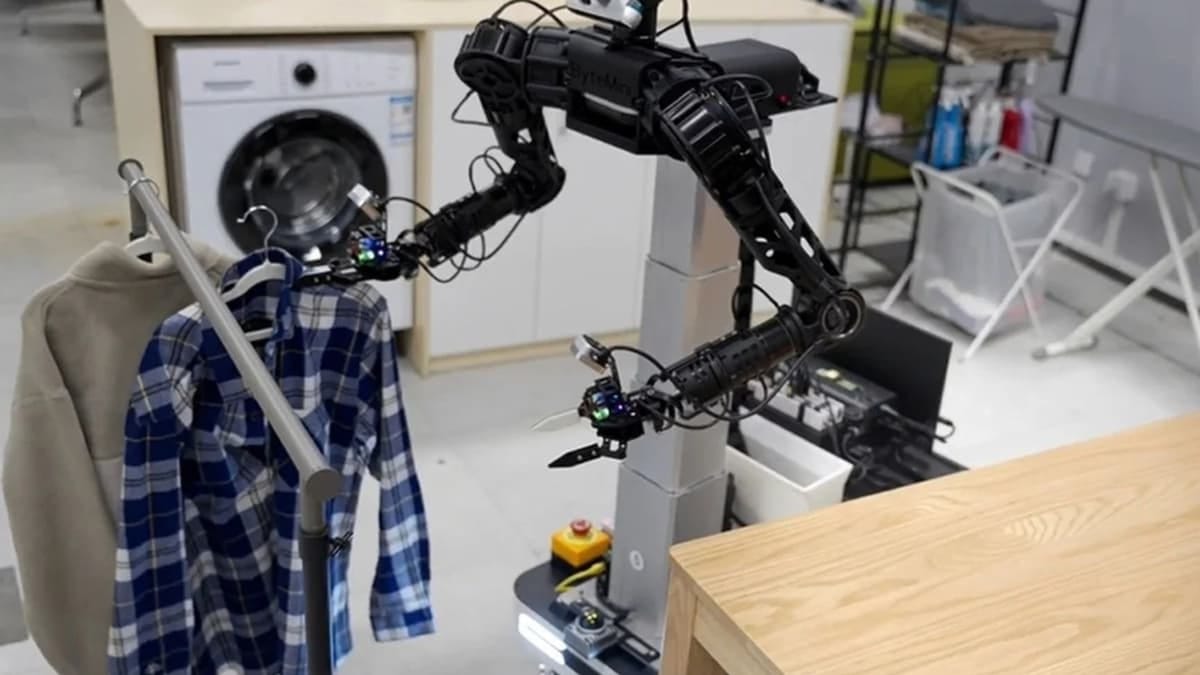
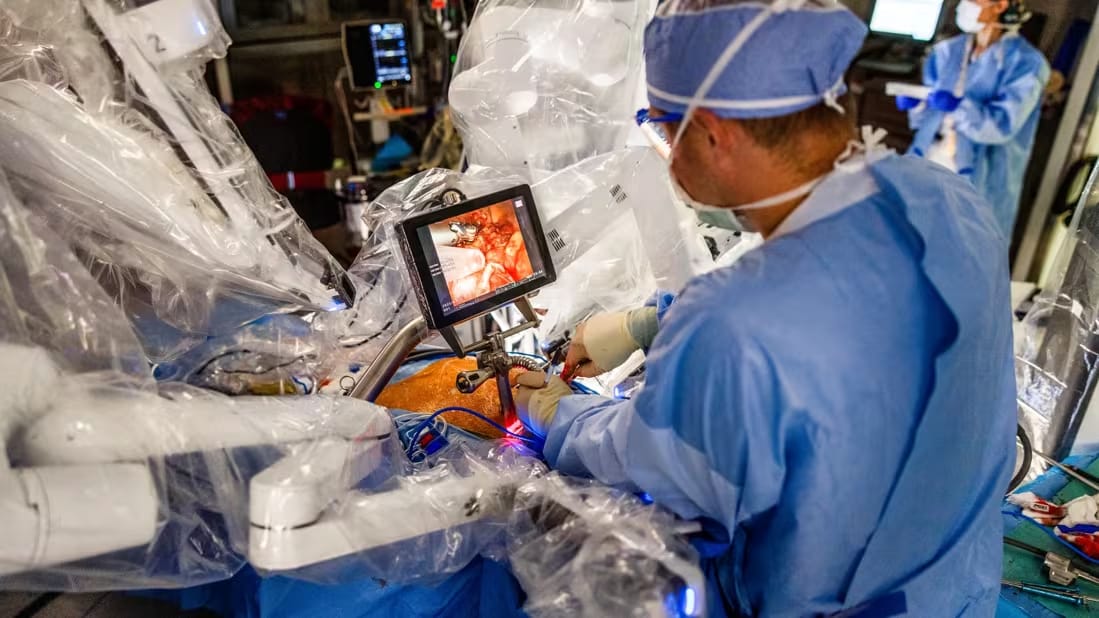

Reply